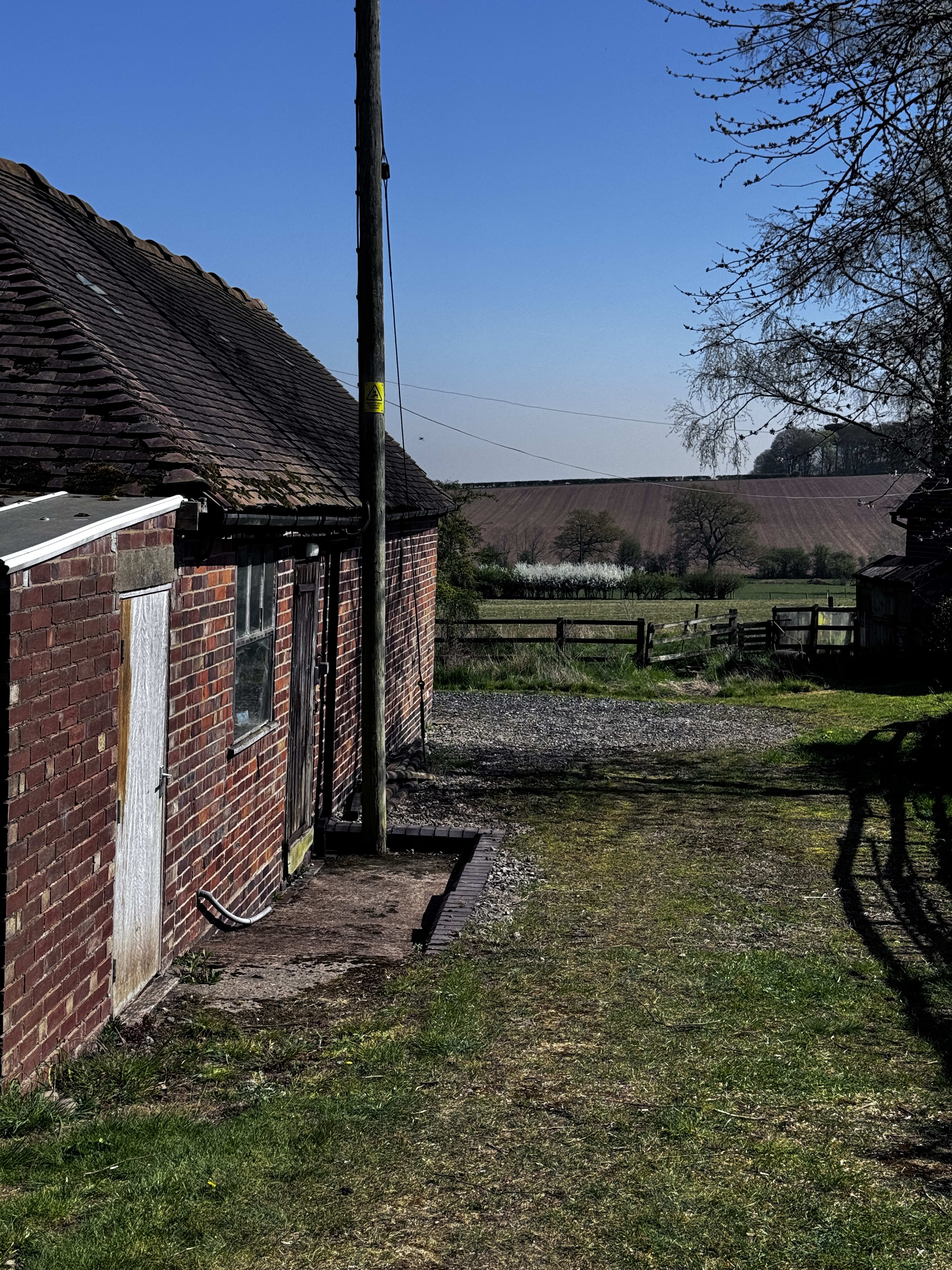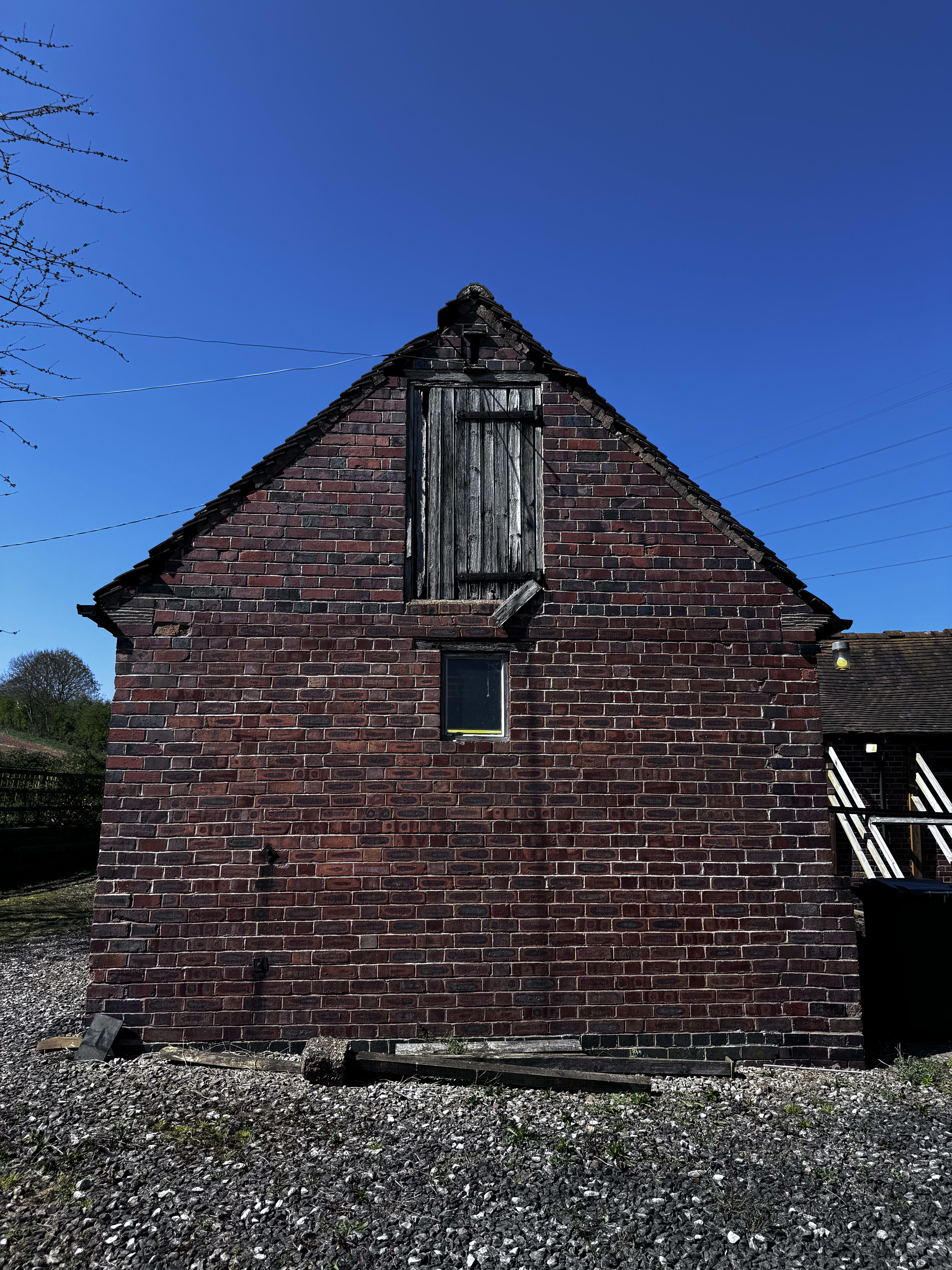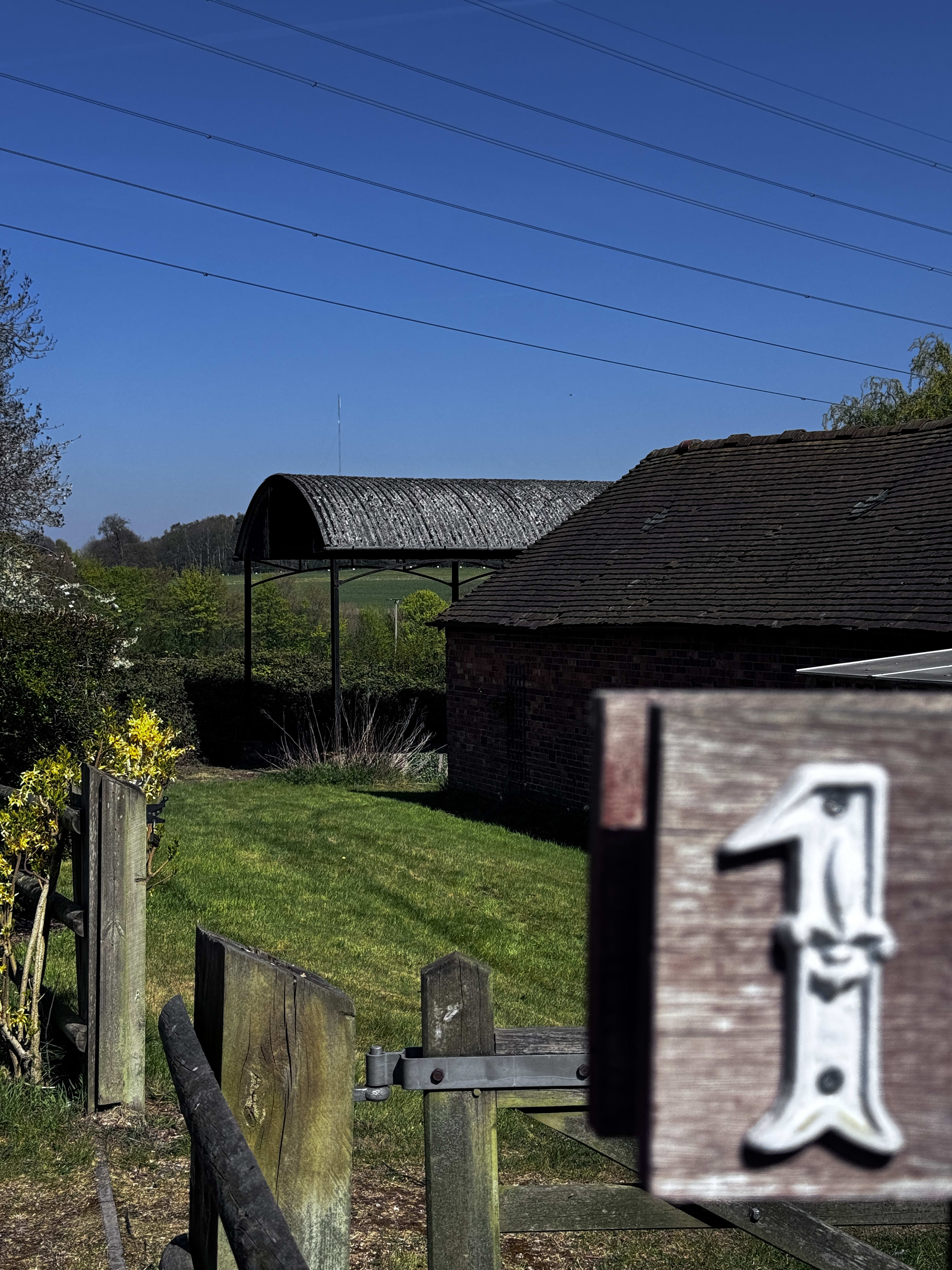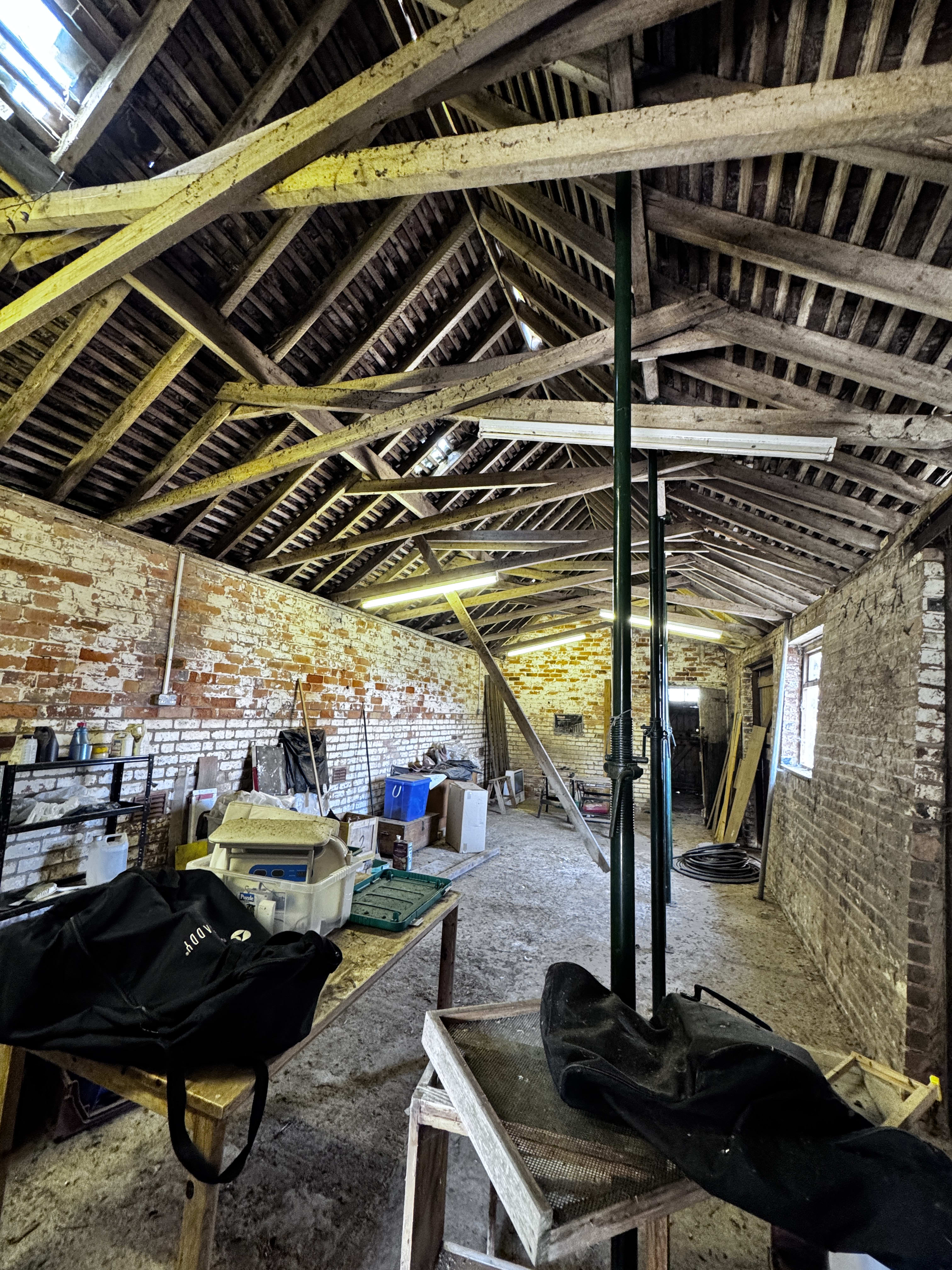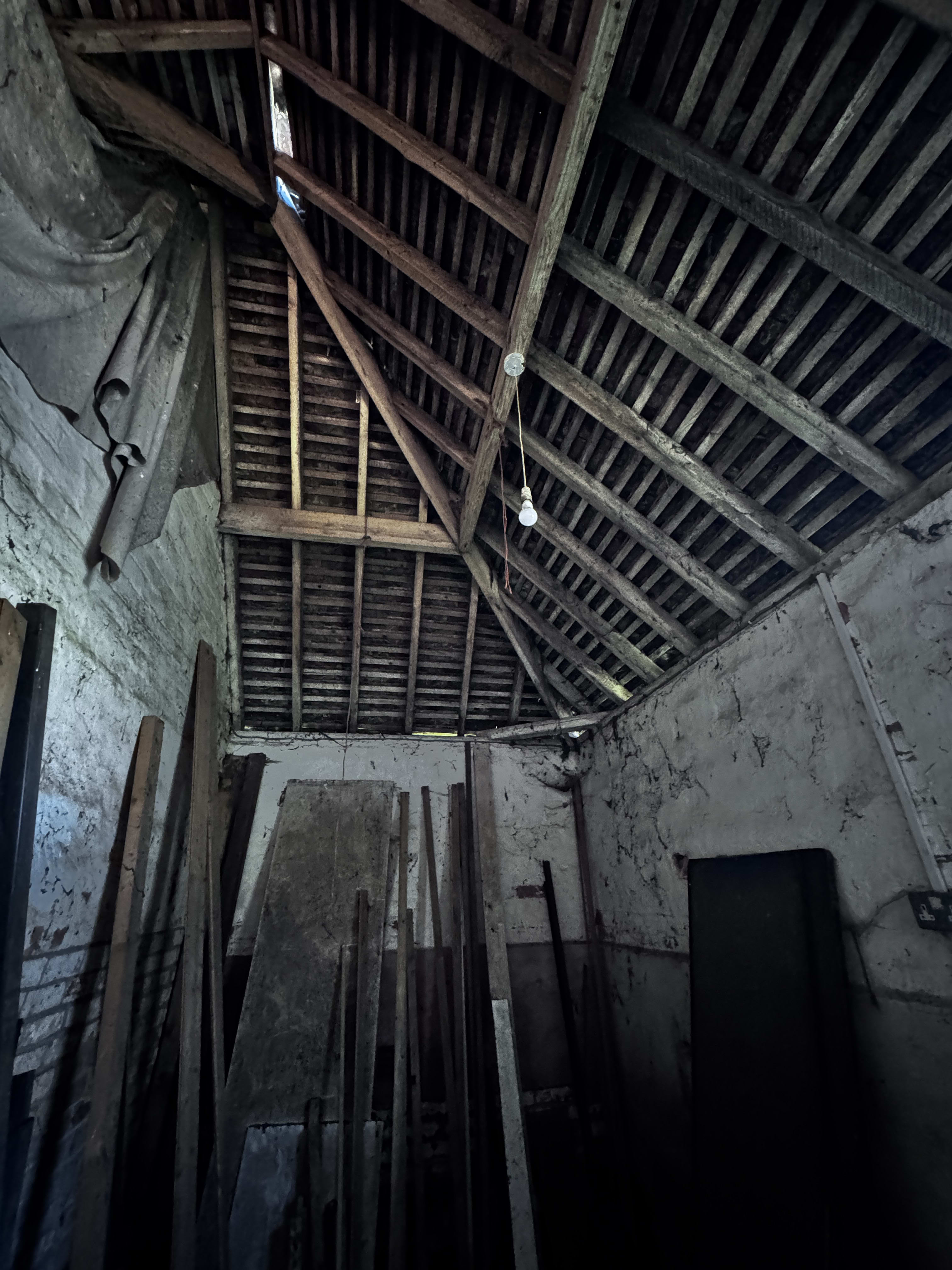Project updates, practice news, and the occasional hot take. You might just find the spark you’re looking for.
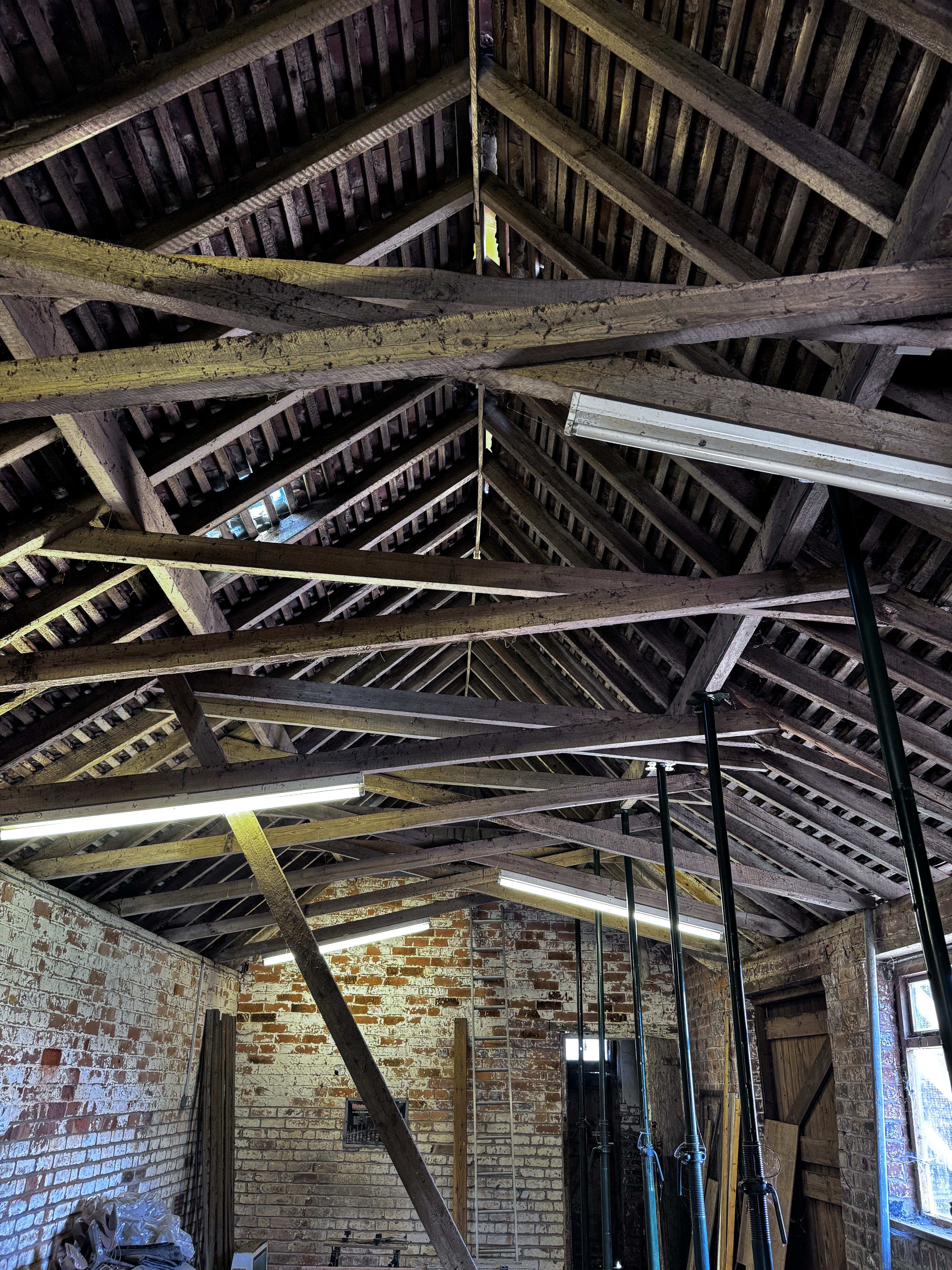
We've just submitted plans to transform a forgotten agricultural building on the outskirts of Sutton Coldfield into a generous three-bedroom home. Here's why Class Q might be the planning permission route you didn't know existed.
Most people drive past redundant agricultural buildings without a second thought. We see three-bedroom homes with character that new builds can only fake. This particular cow shed on the edge of Sutton Coldfield had been quietly deteriorating for years—solid bones, terrible everything else. The kind of building that's too good to demolish but too far gone to ignore.
The Class Q Shortcut
Class Q seems straightforward on paper—convert agricultural buildings into homes without full planning permission. Introduced back in 2014, it's one of those permitted development rights that promises a faster route to getting your project built. In practice, it's easy to get wrong.
The idea is sound enough. Redundant agricultural buildings get a new lease of life as homes rather than slowly crumbling back into the landscape. There are rules and limits, naturally, but the process strips away some of the more subjective planning debates.
Instead, you're dealing with the practical stuff—structural integrity, highways access, contamination, flooding. The things that actually matter. Your neighbour's opinion on your window choices doesn't come into it.
The Sutton Coldfield Project
This cow shed has good bones and not much else going for it. Our design keeps what works—the generous proportions, the solid structure, that indefinable agricultural character—and fixes everything else.
Three large bedrooms. Not the "double bedroom" with an asterisk that means you'll be climbing over furniture. Living spaces designed around flexible family life, with enough natural light to make you forget the place once housed cattle. No fake beams, no trying to make it look twee. Just honest design that works with what's there. We're even extending it.
The agricultural heritage isn't hidden or disney-fied. It's there in the proportions, the materials, the straightforward approach to space.
Why Sutton Needs More of This
The West Midlands countryside is full of redundant agricultural buildings. Empty barns, abandoned cow sheds, derelict storage buildings—all sitting there while we simultaneously need more housing and worry about eating up green belt land.
Class Q conversions tackle both problems at once. They create unique homes with genuine character (not the "character features" estate agents bang on about). They preserve the rural landscape people actually want to live near. And they're often more sustainable than starting from scratch—the structure's already there, after all.
For areas like Sutton sitting on the edge of Birmingham but still properly rural, these conversions make perfect sense. They add housing without adding sprawl. They keep the countryside looking like countryside. And they create homes that people dream to live in.
Getting It Through Planning
We've been doing this long enough to know that Class Q isn't always the smooth ride it promises to be. Structural engineers who need convincing. Highways officers with concerns. Ecology surveys because bats have excellent taste in architecture.
But approach it properly from the start, and the process works. No design committees debating your material choices. No lengthy heritage statements. Just practical considerations handled pragmatically.
After submission, the council has 56 days to respond—approval, refusal, or if they say nothing at all, we can technically crack on (though a proper approval is always preferable).
JSA is a RIBA Chartered Practice based in Lichfield. We specialise in residential architecture, navigating planning permissions, and turning unlikely buildings into brilliant homes. Even cow sheds.
